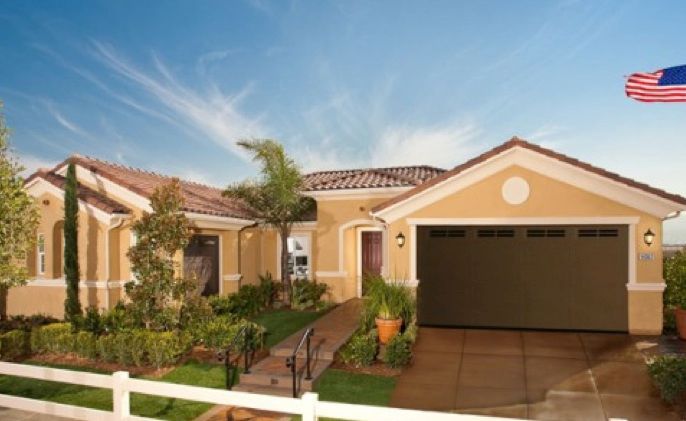
Even though green building and remodeling predate by decades widespread use of the word “green” as a marketing tool, and even though greenwashing has created confusion and suspicion among some homebuyers, green is still a key concept for industry professionals trying to stir the housing market from its coma and position themselves for its eventual recovery.
While some builders do focus diligently on use of recycled and environmentally friendly materials, and on environmentally friendly construction techniques, the main areas of interest have become the gear and the design, construction, and retrofit techniques that can make homes more comfortable to live in and more energy efficient – particularly in ways that can significantly reduce some of the worry about whether energy costs are going to skyrocket.
Among production builders, for example, KB Home’s attempts to cultivate green cred have included its recent rollout of Energy Performance Guide labels, which are intended to provide prospective homebuyers with monthly energy-cost estimates based on design plans and local utility rates. And in late March, the company announced that it would make photovoltaic systems a standard feature on new homes in 10 of its communities in Southern California.
The Confab in Utah
The potential of green-building marketing will once again be examined every which way at the National Association of Home Builders’ National Green Building Conference & Expo, whose newest edition is scheduled for May 1 through 3 in Salt Lake City.
One of the more compelling trends noted by NAHB is, in fact, the gradual (albeit piecemeal) adoption of green construction and home-performance initiatives by KB Home, Pulte Homes, and other big production builders.
“Our survey of the 10 largest publicly traded U.S. homebuilders finds an evolving landscape,” said Rebecca Henson, a sustainability analyst at Calvert Asset Management Company. “Whereas two years ago the industry had not yet begun to embrace sustainability as a core part of building design and construction, companies today have taken many meaningful steps toward developing greener and cleaner homes.”
In a press release about the conference, NAHB also points to the mounting significance of the growing green-home market on appraisals by the banking industry, which, for lack of market comparables, has been slow to appropriately increase valuations of new, green homes.
One of the most active green sectors, though, is expected to be remodeling, particularly because it is the most cost-effective way to increase the energy efficiency of the nation’s housing stock, most of which was built before energy-saving construction techniques were widely used.
The association notes that about 90% of remodelers it has surveyed incorporate low-e windows into their projects, 70% upgrade existing insulation, and 86% install Energy Star-rated appliances. And while the conventional wisdom holds that being the first to commercially exploit a product or service category offers major competitive advantages, NAHB points out that even latecomers can make money if the demand is there.
“Early adopters have carved out a comfortable niche in green remodeling,” the association says, “but there are still plenty of opportunities for those who are interested in this growing field.”
Fine Homebuilding Recommended Products
Fine Homebuilding receives a commission for items purchased through links on this site, including Amazon Associates and other affiliate advertising programs.

Reliable Crimp Connectors

Affordable IR Camera

8067 All-Weather Flashing Tape

Shades of green from KB Home: One of three KB Home models available at Newbury at the Enclave, a community in Eastvale, California, where the company offers photovoltaic systems as a standard feature. The homes in this community – one of 10 in Southern California where KB offers PV systems – range in size from 2,187 to 3,056 sq. ft., with base prices from $360,000 to $438,000.





















